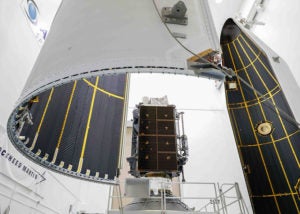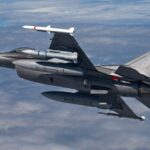
The Air Force and its industry partners are ready to launch the second GPS III satellite Aug. 22 after a component issue related to the United Launch Alliance (ULA) launch vehicle forced a monthlong delay, officials said Aug. 20. The launch of the GPS system dubbed “Magellan” was originally targeted for July 25, but was announced as delayed by ULA on July 17 (Defense Daily, July 17). But after the faulty component was identified, corrected and re-tested at a supplier’s…

 By
By 











